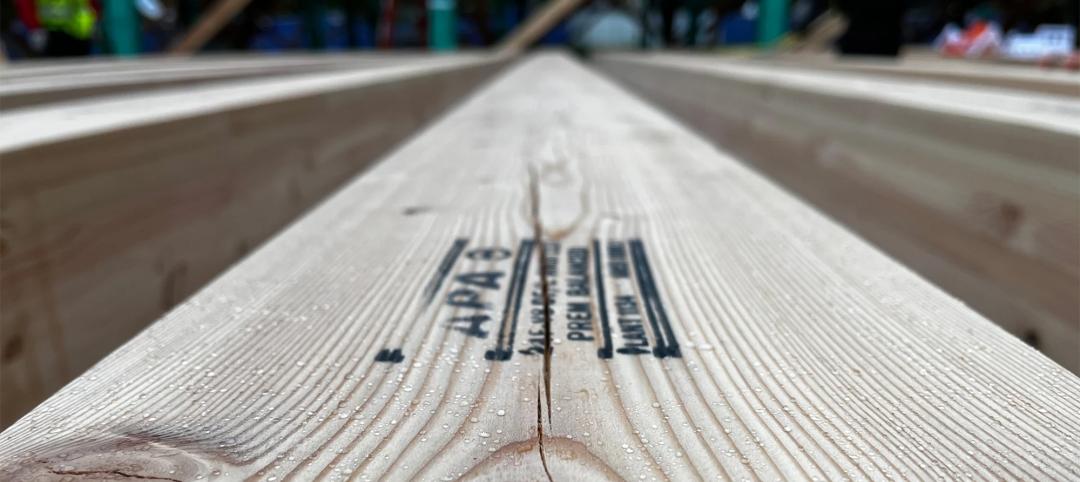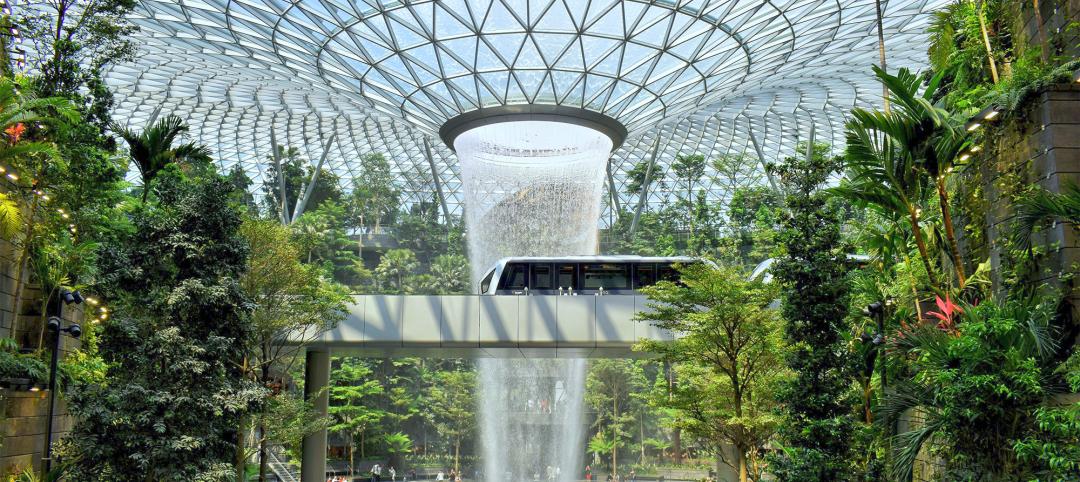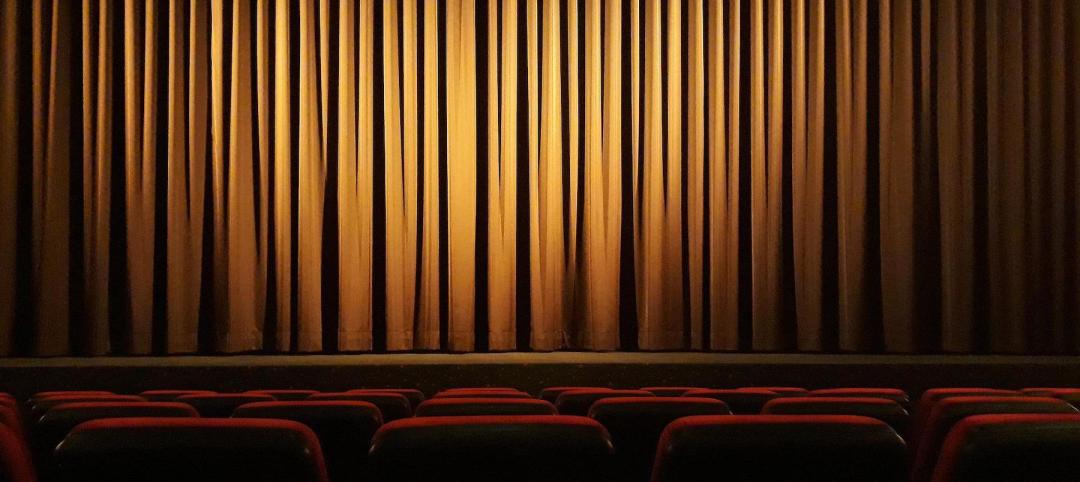As an industry, when we talk about the design-build project delivery method, we typically focus on the contractual obligations associated with delivering the project. I think about a contract as a set of expectations. A well-written contract is one that clearly outlines expectations of those with responsibility for the success of the project. That includes how each person at the table will be held accountable for not meeting those expectations.
Design-build is a method that brings one entity – the design-build team – under a single contract with the project owner. This one entity, one contract, one team approach completes a project faster, more cost effectively and with fewer change orders. In fact, over the past 15 years, use of design-build has greatly accelerated in the U.S., making this delivery method one of the most significant trends in design and construction today.
But outside of drawing up a well-written contract, owners often overlook a key attribute that can significantly impact the success of a design-build project: choosing the right team.
What does that mean?
The success of design-build hinges on collaboration between owner, contractor and designer. But there’s more to it when picking the right team to complete your project. I like to break it down into two categories.
Diversity
There are a lot of statistics out there about the relationship between diversity and high-performing teams. Recently, I did an analysis on the generational diversity of our office, local leadership team and projects. In my research, diverse and balanced teams deliver the smoothest projects with success and profitability for all stakeholders. For example, Skanska is working on two design-build projects at a major Bay Area airport where the client emphasized the need for a diverse team as a critical component for success of the project. The project teams are a diverse mix of experience levels, with at least one member representing each generational group from their 20’s to 60’s. A year into the project, we’re seeing great collaboration and have met all critical milestones to-date. We have a signed contract, and our stakeholder engagement program has been running smoothly. As we plan future pursuits, we are using this team as a model for what we should aim for.
What it comes down to is a balance of push and pull, knowledge sharing about building techniques new and old. There are also leaders on those projects who understand the value of having a diverse team and are leveraging that effectively. There is great value in our differences.
Culture
The mindset and attitude of the members of a project team leads to the overall culture on a project. The project executive must be intentional about building a culture, starting with finding the right people with the right attitude. In this industry, we are faced with big challenges and obstacles on a daily basis. We can choose to be held down by the challenges, or we can say, “How can we think differently to overcome these challenges?” We’re looking for the moonshot thinkers. For example, most people don’t spend their time being bothered that they can’t teleport from Seattle to Japan, because a part of them thinks it’s impossible. We want people on our teams that choose to be bothered by that and then work relentlessly to find ways to achieve the impossible. People can set their minds to seemingly impossible ideas and through science, engineering and technology, we can make amazing things happen. If we become afraid to take risks, we stop inspiring people and we stop achieving great things. We can’t stop pioneering in this business. To sustain an innovative culture, we need moonshot thinkers — who are both intellectually and emotionally intelligent. We need diverse perspectives at the table.
See below to watch a video where I recently shared these views at the Design-Build Institute of Americas Western Pacific Region annual conference.
More from Author
Skanska | Sep 26, 2024
5 lessons in water mitigation for mass timber projects
Sustainability leaders from Skanska, RDH, and Polygon share five tips for successful water mitigation in mass timber construction.
Skanska | May 6, 2024
The benefits of biophilic design in the built environment
Biophilic design in the built environment supports the health and wellbeing of individuals, as they spend most of their time indoors.
Skanska | Dec 4, 2023
4 key innovations and construction trends across airport design
Here are some of the key trends Skanska is seeing in the aviation sector, from congestion solutions to sustainability.
Skanska | Jun 29, 2023
K-12 school construction: 5 ways strong community relations can lead to success
When constructing a K-12 school, building positive relationships with the community—including students, parents, school staff and residents—is critical to the success of the project. Here are five ways Skanska puts the community first when building K-12 schools in the Pacific Northwest.
Skanska | Mar 14, 2023
Skanska tests robots to keep construction sites clean
What if we could increase consistency and efficiency with housekeeping by automating this process with a robot? Introducing: Spot.
Skanska | Jan 27, 2023
Key takeaways from Autodesk University 2022
Autodesk laid out its long-term vision to drive digital collaboration through cloud-based solutions and emphasized the importance of connecting people, processes and data.
Skanska | Dec 5, 2022
5 ways sustainability professionals can help reduce construction's carbon footprint
Mark Chen, Sustainability Manager at Skanska, has found five specific ways to help the construction industry reduce its carbon footprint.
Skanska | Jul 5, 2022
Tour the new Patricia Reser Center for the Arts in Oregon
This month, the community of Beaverton, Oregon, welcomed a new haven for artistic expression with the opening of Patricia Reser Center for the Arts (The Reser).
Skanska | Dec 7, 2017
Busting the myths: What the “S-word” can mean for construction and development
Sustainability, it’s a trendy term. The problem, however, is that it’s being used in so many different ways that people don’t even know what it means anymore.
Skanska | Aug 15, 2016
Future proofing hospitals
By improving the physical layout of hospitals and medical facilities, we can enhance and increase safety mechanisms, improve care, and help reduce the exposure to medical errors, writes Skanska USA's Andrew Quirk.
















